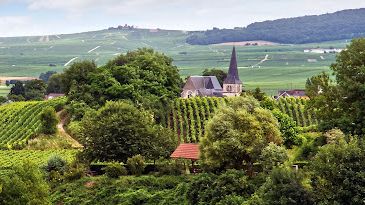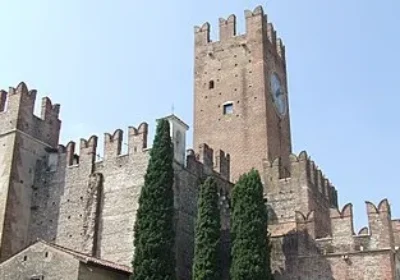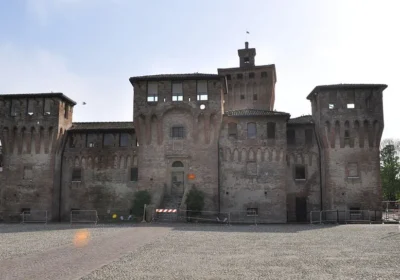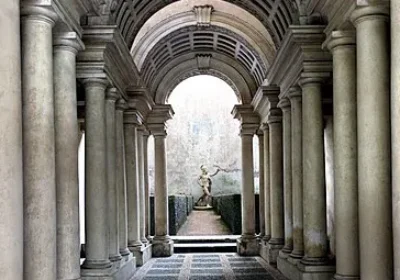Champagne means: the land of fields. And indeed – there is a wide spread of French fields here. Thanks to medieval monasteries, some of these fields have long been used to grow vineyards – the northernmost in France and probably in Europe.
And in the XVII century, in the amazing era of Louis XIV, a certain monk named Dom Perignon (Dom from Latin domus – “master”, addressing a clergyman in France) discovers the secret of making champagne wines. Pierre Pérignon, being the abbey’s economist, was responsible for the exploitation of the land, supply of provisions and paid special attention to wines. It is generally believed that by observing the behavior of wines and conducting many experiments, Dom Perignon taught champagne to “correctly” froth. The essence of the method was the addition of sugar and yeast to a quiet wine and the subsequent aging of the wine in thick-walled bottles: the sugar begins to ferment and the carbon dioxide produced dissolves in the wine.
Pierre Perignon had the brilliant idea of selecting and blending wines from grapes harvested from different vineyards in the region. This crucial step in the Champagne production process is called “assemblage”. Dom Pérignon also took care of more reliable corking of bottles, suggesting to close them with strong corks (such at that time already used by the British) instead of archaic pieces of oiled cloth or wooden corks tied to the neck with a rope. However, in those times bottle glass was weak, the bottoms of bottles could not withstand the pressure, and so the monks made grooves along the racks with wine, where wine from broken bottles flowed.
It was Pierre Perignon who suggested drinking champagne from narrow, elongated glasses, seemingly to enjoy the intelligent effervescence of light foam and the mesmerizing play of bubbles. But in fact the reason was more prosaic: in those days they did not know how to remove sediment from bottles, and it remained in the hollow legs of the flutes.
The vineyards are amazingly beautiful at any time of year. Multicolored in autumn, black and white in winter, as if “combed” by a caring comb – in summer, transparent, brown, waiting for the first shoots – in early spring…. Vineyards, like living creatures, lie around small villages where peasants produce wine as naturally as if they were growing potatoes. Some of the names of these villages remind us of Pushkin’s texts….. And everywhere – you can taste champagne, and often the kind that you can’t buy in any of the supermarkets or specialized wine stores.
There are also castles, one of which houses the La Fontaine Museum, and the picturesque Marne River, along which the vine grows….
According to the French, for many millions of years Champagne rose from the bottom of the sea to provide ideal conditions for the production of champagne wines. Well, it is obvious that nature did not try in vain!





